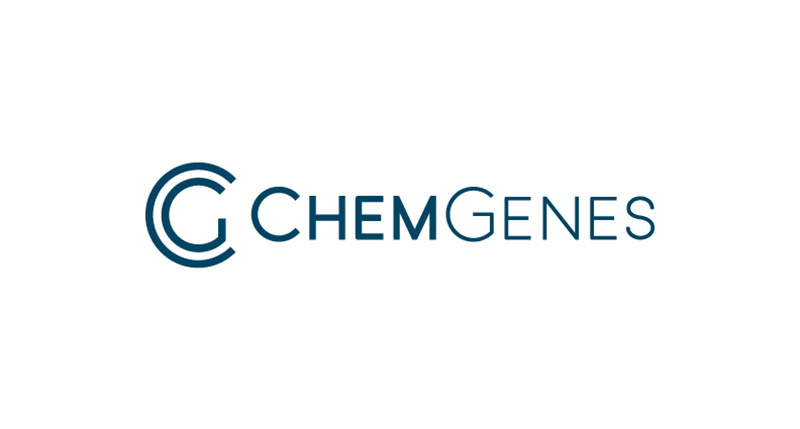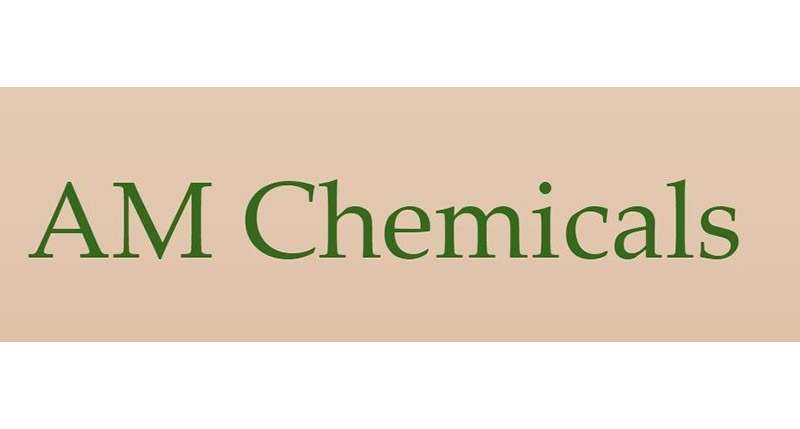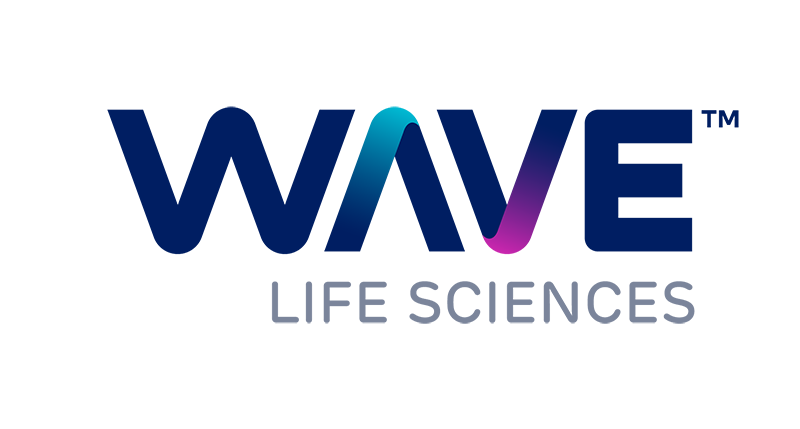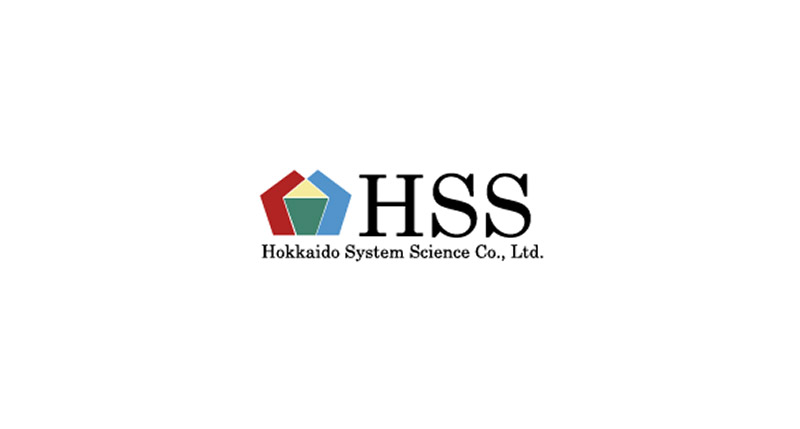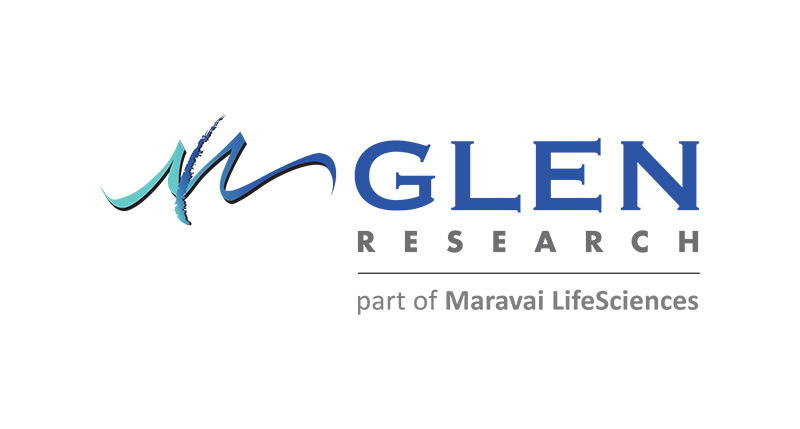XXV International Round Table on Nucleosides,
Nucleotides and Nucleic Acids at Katsushika Campus,
Tokyo University of Science
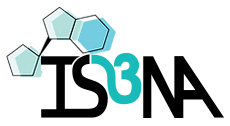
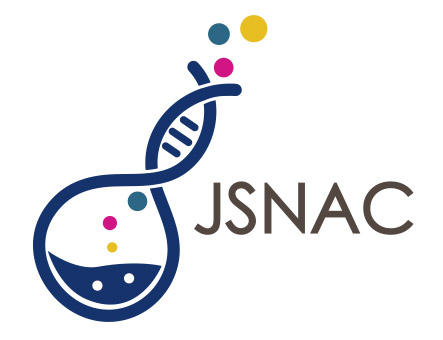
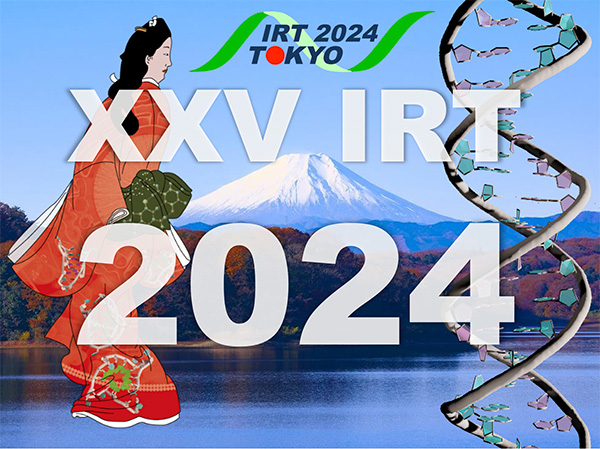
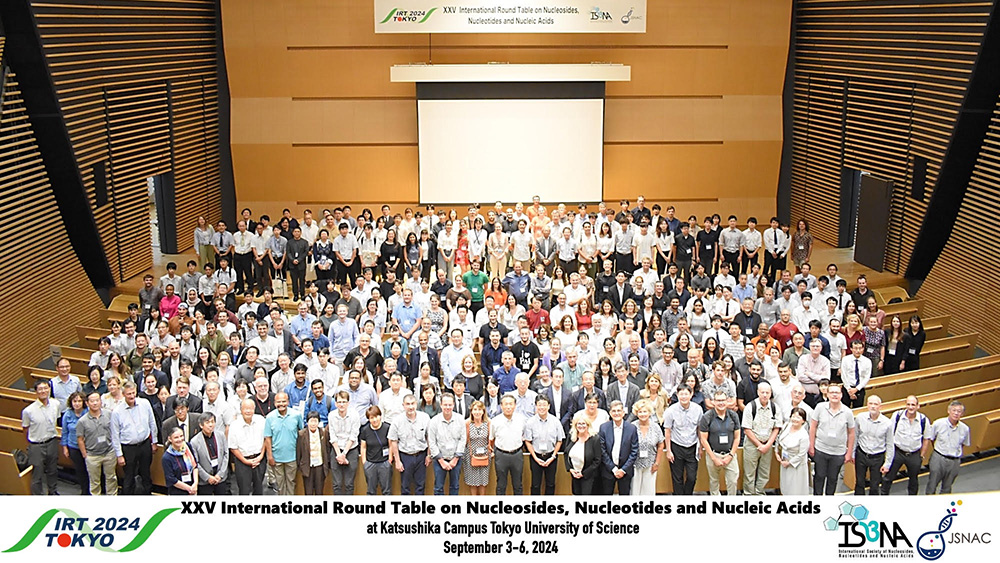
XXV International Round Table on Nucleosides, Nucleotides and Nucleic Acids ended in great success on 3rd - 6th September 2024 at Katsushika CampusTokyo University of Science. Thank you very much for your great support and participation. See you in next IRT in Spain and ISNAC in Japan.
Chairs of IRT2024
Naoki Sugimoto and Takeshi Wada
* Registration:
Early Registration Deadline: May 15, 2024 (Wed.)
Early Registration Deadline: May 29, 2024 (Wed.)
* Registration Web page:
International Committee
(IS3NA Board Members)
- Jean-Jacques Vasseur
- Muthiah (Mano) Manoharan
- Ramon Eritja
- Suzanne Peyrottes
- Kathie Seley-Radtke
- Piet Herdewijn
Local Committee
(JSNAC Members)
- Naoki Sugimoto (Chair)
- Takeshi Wada (Chair)
- Takehiko Wada (Secretary)
- Hiroyuki Asanuma
- Toshihiro Ihara
- Akimitsu Okamoto
- Hirohide Saito
- Hisae Tateishi-Karimata
- Fumi Nagatsugi
- Noriaki Minakawa
- Asako Yamayoshi
- Hidetaka Torigoe
- Shuntaro Takahashi
- Kunihiko Morihiro
- Kazuki Sato
Invited speaker
- Prof. Tigran Chalikian, University of Toronto, Canada
“Conformational Propensities of Double-stranded G- and C-rich DNA Domains” - Prof. Janez Plavec, Slovenian NMR Centre at the National Institute of Chemistry, Slovenia
“NMR illuminating the dynamics of DNA structural features” - Prof. Kyeong Kyu Kim, Sungkyunkwan University, Suwon, Korea
“Noncanonical nucleic acids: structure, function and modulation” - Prof. Xiaogang Qu, Changchun Institute of Applied Chemistry, Chines Academy of Science, Changchun, China
“Targeting Non-Canonical Nucleic Acids Structures and Their Applications” - Prof. Chaoyong Yang, Xiamen University, China
“Dendrimeric DNA Coordinate Barcoding Design for Spatial RNA Sequencing” - Prof. Daniela Montesarchio, University of Napoli Federico II, Italy
“Non-canonical DNA-based aptamers for therapeutic applications” - Prof. Sara N. Richter, University of Padova, Italy
“Non-canonical nucleic acid structures in viruses” - Prof. Katrin Paeschke, University Hospital Bonn, Germany
“Relevance and Consequences of non-canonical nucleic acid structures in human cells” - Prof. Yan Xu, University of Miyazaki, Japan
“In Cell 19F NMR for Non-Canonical Structures” - Prof. Kazuo Nagasawa, Tokyo University of Agriculture and Technology, Japan
“Control of functions of dynamically formed high-order nucleic acids by polyoxazole compounds” - Dr. Chandra Vargeese, Wave Life Sciences, USA
“Base, sugar, and backbone modifications of stereopure oligonucleotides to improve pharmacology across modalities” - Prof. Roger Stromberg, Karolinska Institutet, Sweden
“Artificial RNases based on modified oligonucleotides” - Prof. Serge Van Calenbergh , Ghent University, Belgium
“Tubercidin analogues outsmart protozoan pathogens responsible for important human and livestock diseases” - Prof. Marcal Pastor-Anglada, University of Barcelona, Spain
“Membrane transporters for natural nucleosides and nucleoside-derived drugs“ - Prof. Christian Ducho , Saarland University, Germany
“New adventures in oligonucleotide modifications” - Prof. Satoshi Ichikawa , Hokkaido University, Japan
“Nucleoside natural products as a lead for antibacterial drug” - Prof. Zlatko Janeba , IOCB Prague, Czech Republic
“Inhibitors of enzymes of the purine salvage pathway” - Prof. Jory Lietard , University of Vienna, Austria
“DNA, RNA and XNA microarrays: high-throughput oligonucleotide chemistry” - Prof. Kurt V. Gothelf, Aarhus University, Denmark
“Modification of oligonucleotides at phosphorus” - Prof. Meena, Stoke Therapeutics, USA
“Utilization of a Pharmacokinetic (PK) Model for STK-001 (ASO) in Patients with Dravet Syndrome (DS) To Support the Selection of Dosing Regimens in Clinic” - Prof. Damien Baigl, Ecole Normale Superieure , France
“DNA-encoded synthetic systems with life-like properties” - Dr. Mano Manoharan, Alnylam Pharmaceuticals, USA
“Biomimetic Chemistry of RNA Therapeutics”
Sponsor
The organizers are grateful for the contributions that make the meeting possible.
Platinum Sponsor
Gold Sponsor
Silver Sponsors
Bronze Sponsors
Exhibitors
Biotage
Sapala Co., Ltd.
FUJIFILM Wako Pure Chemical Corporation
Nihon Techno Service Co.,Ltd.
KNC Laboratories Co., Ltd.
KANTO CHEMICAL CO.,INC.
HONGENE BIOTECH JAPAN
Hayashi Pure Chemical Ind.,Ltd
SFC Co., Ltd.
DAICELCorporation
Hokkaido System Science Co., Ltd.
Oxeltis
Donation
NACALAI TESQUE, INC.
Luxna Biotech Co., Ltd.
NIPPON SHOKUBAI CO., LTD

